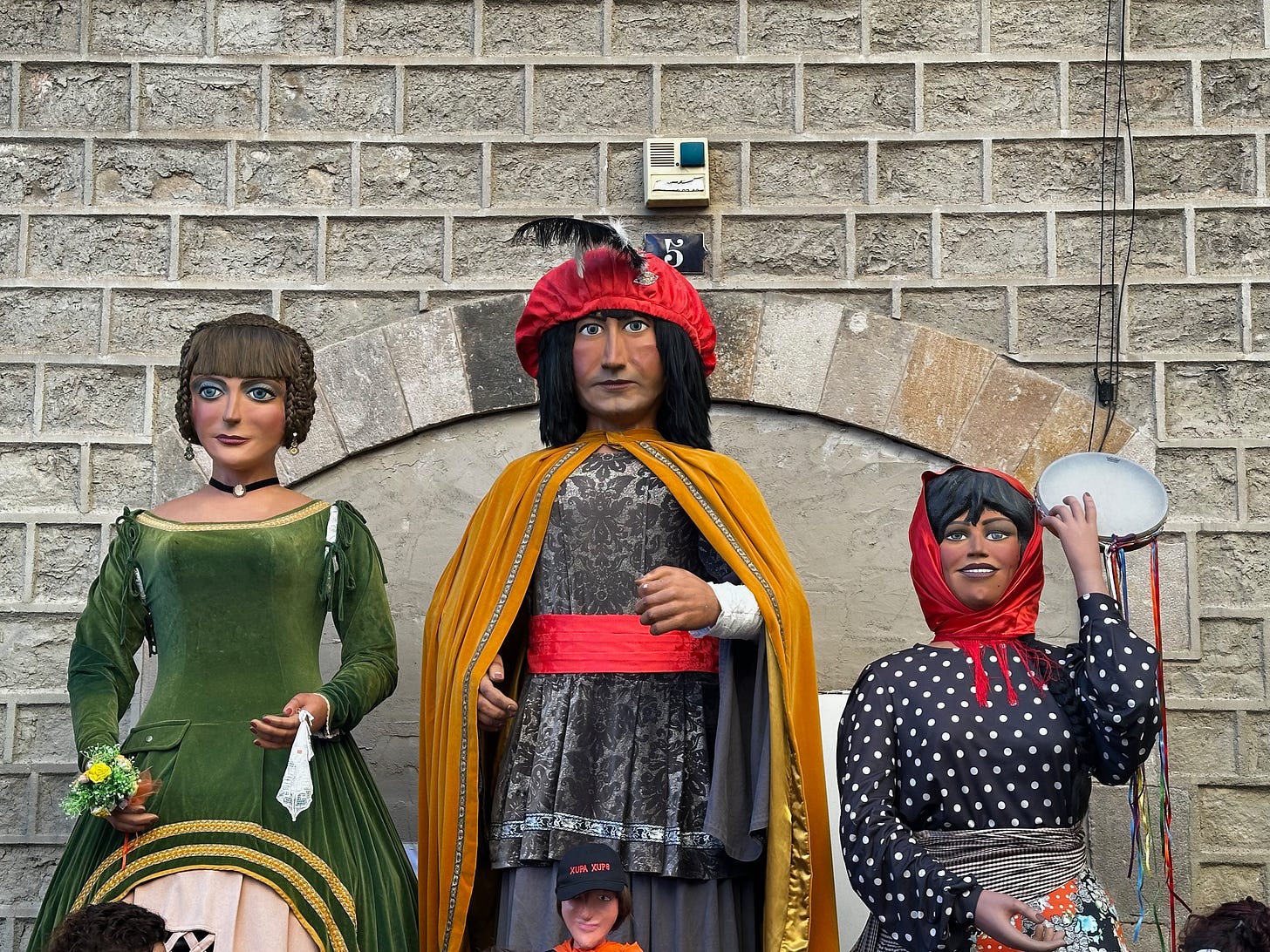Barcelona’s Santa Madrona Festival: A Living Tradition
Celebrating Culture, Community, and History in El Raval
Barcelona has no shortage of vibrant celebrations, but the 14th Popular Culture Festival for Santa Madrona in El Raval stands out as a true testament to the city's deep-rooted traditions. What began as a casual stop to see the spectacle quickly turned into an immersive experience as I found myself swept up in the energy…
Keep reading with a 7-day free trial
Subscribe to TravelEssayist.com to keep reading this post and get 7 days of free access to the full post archives.



